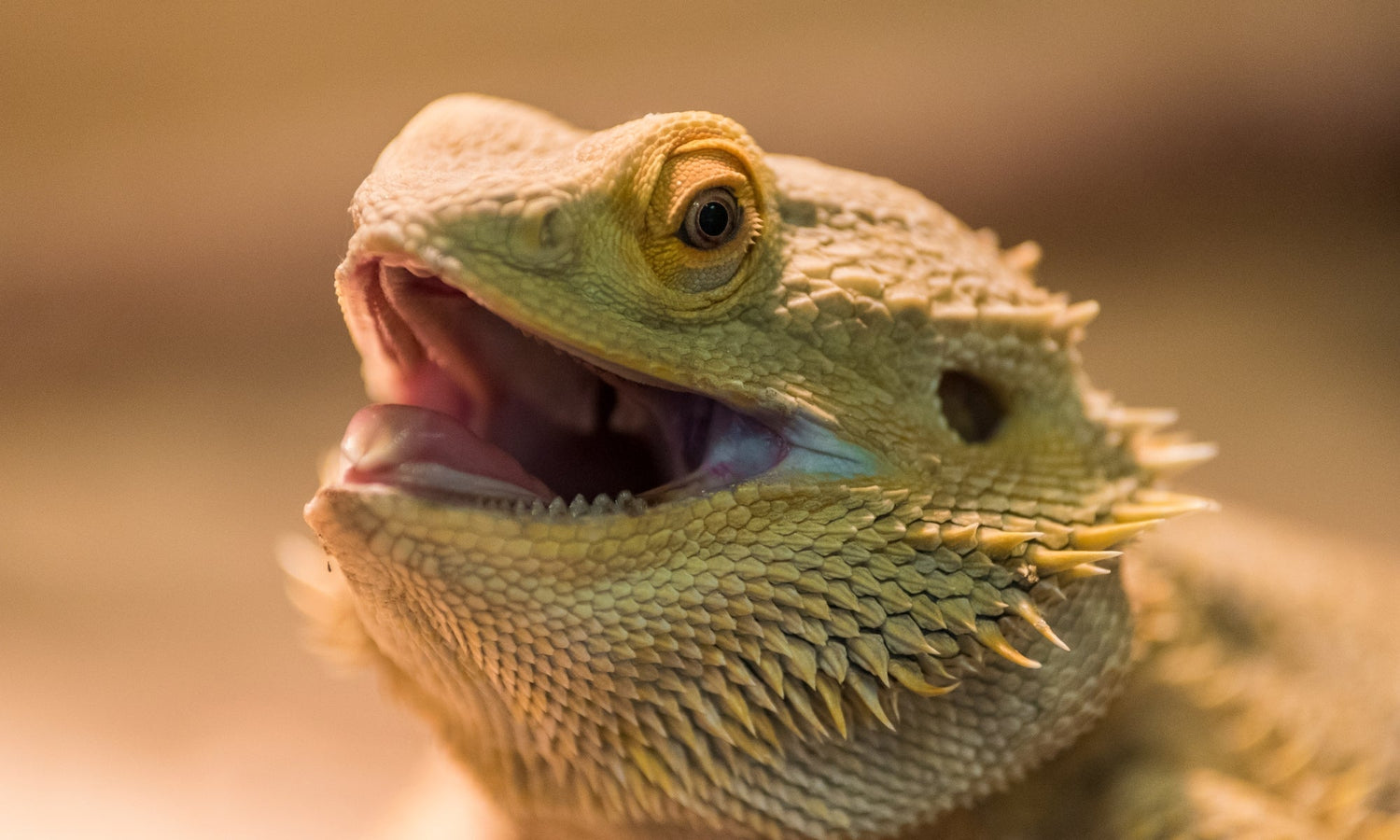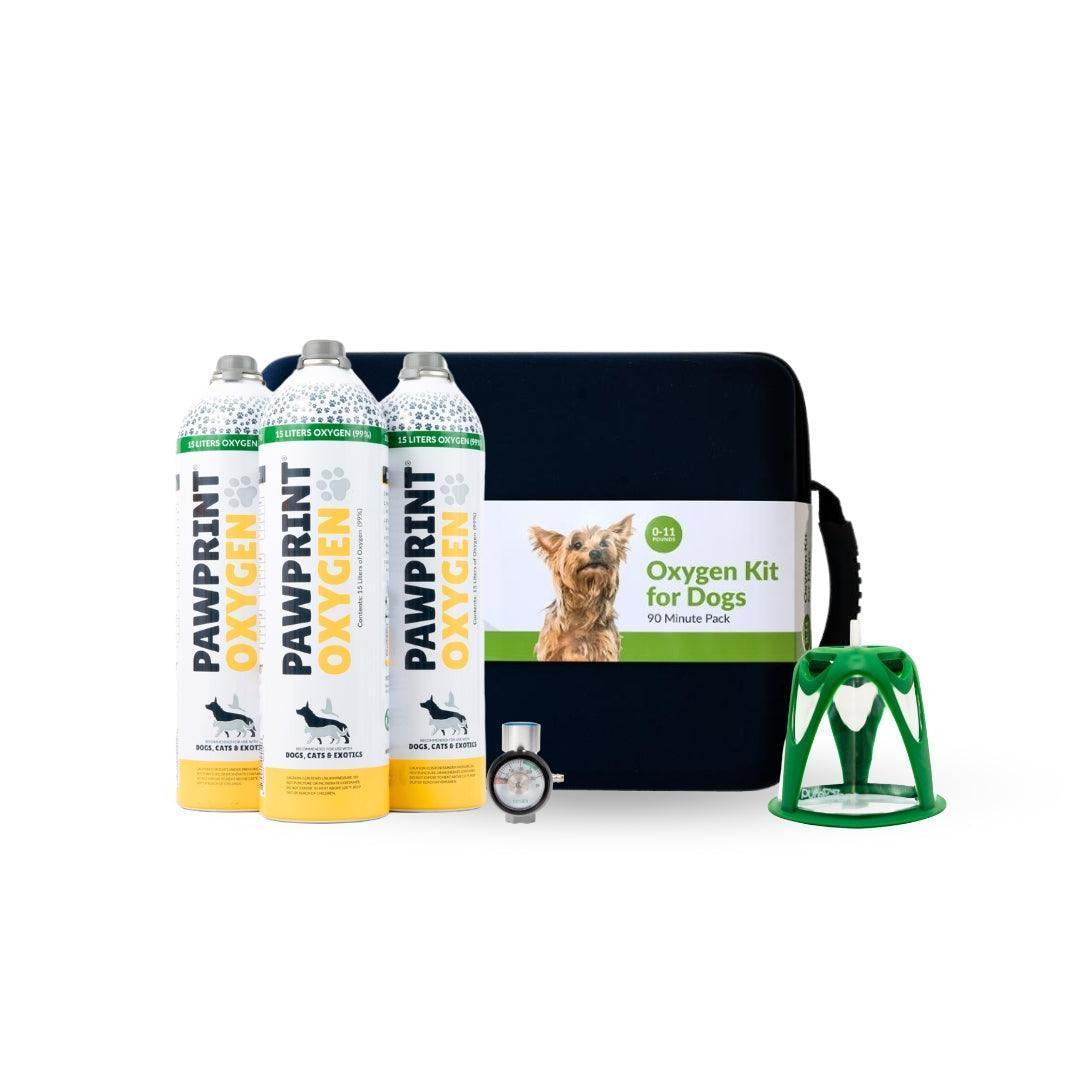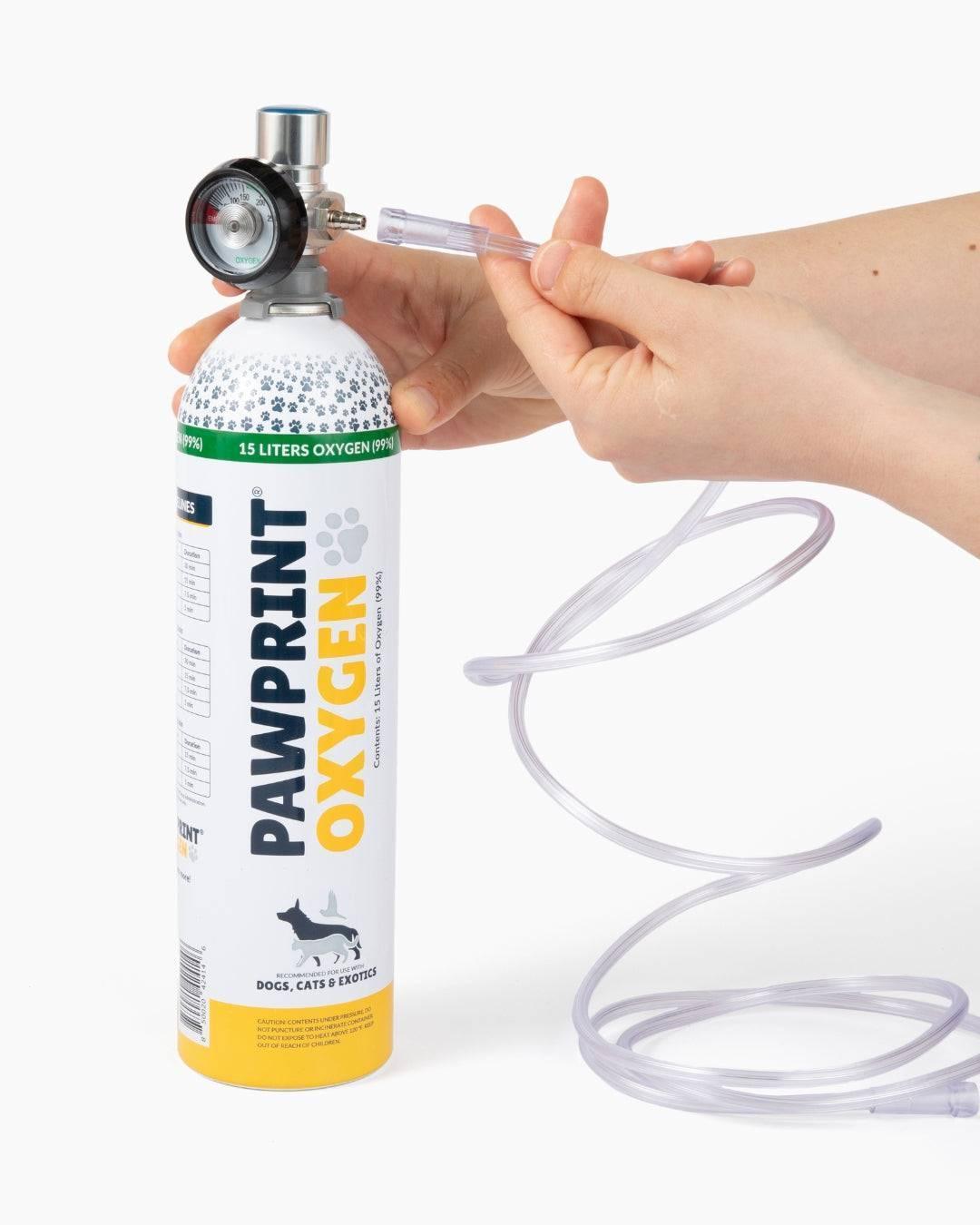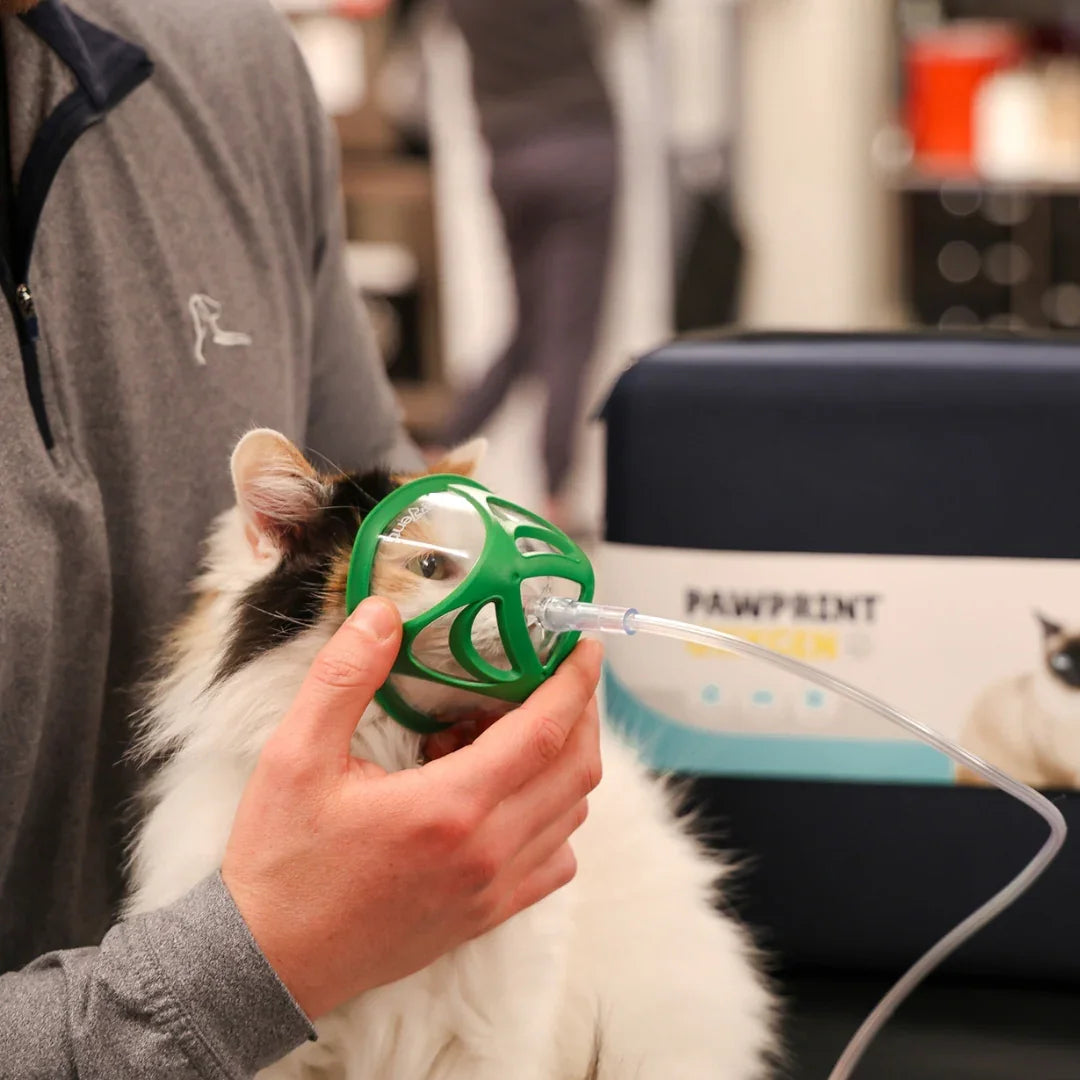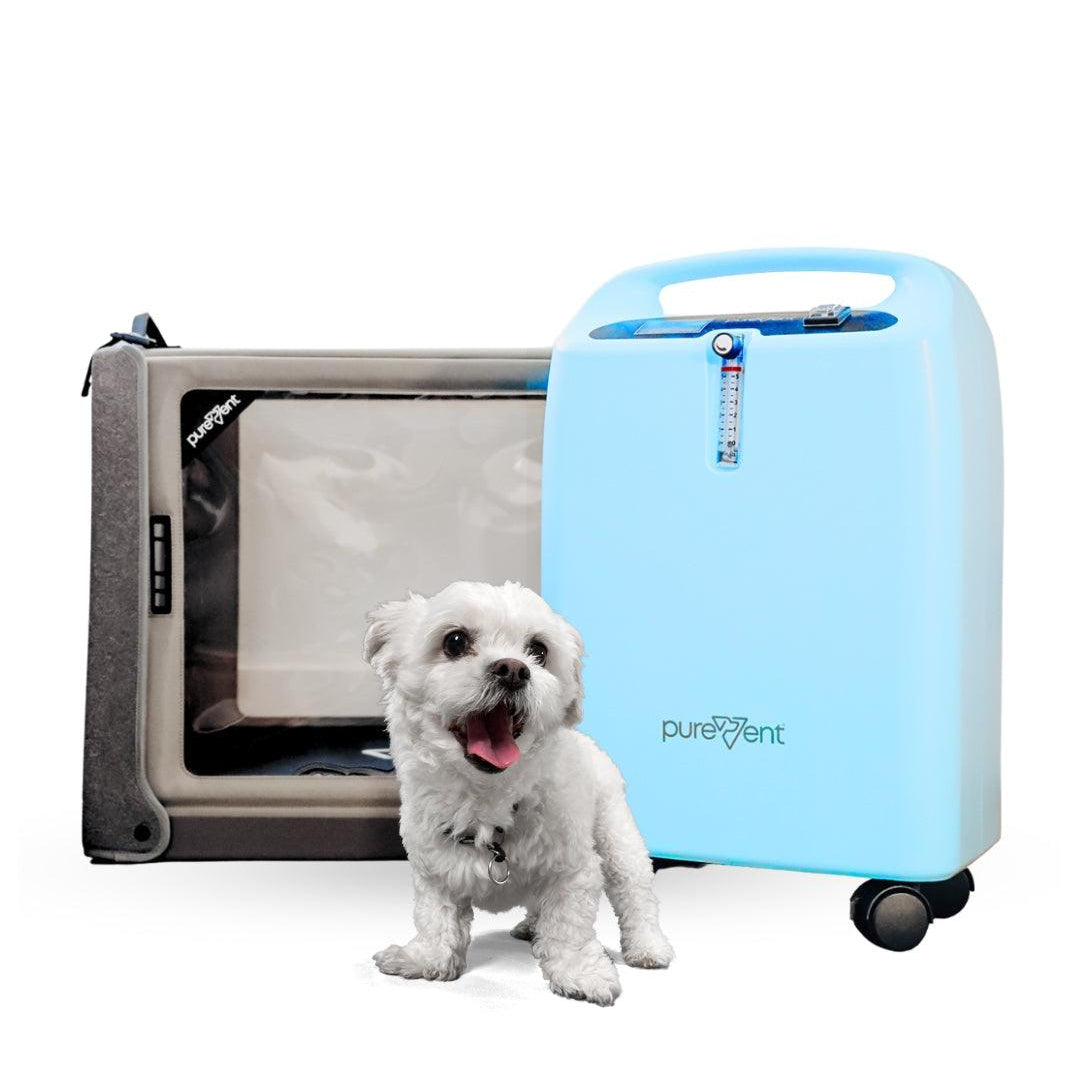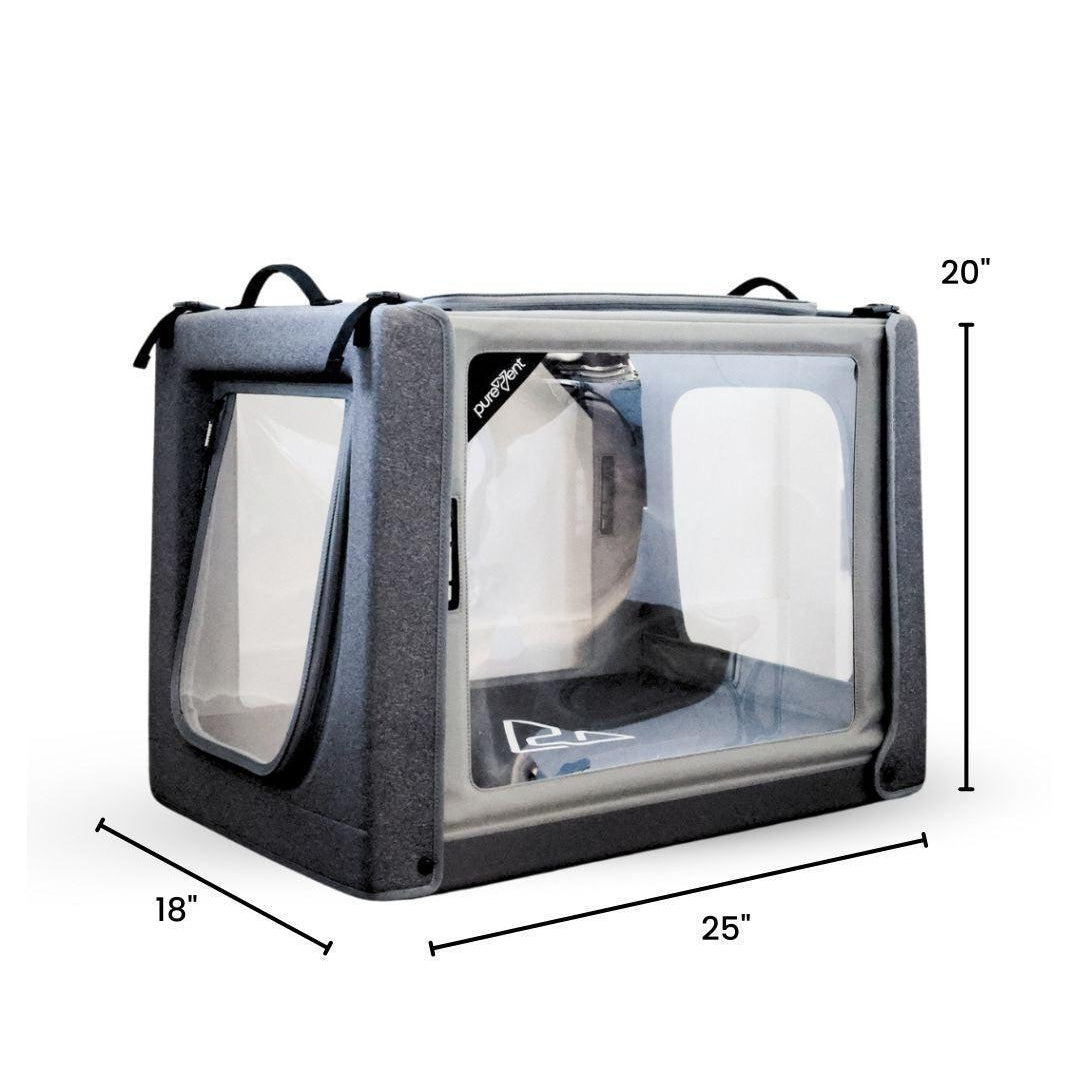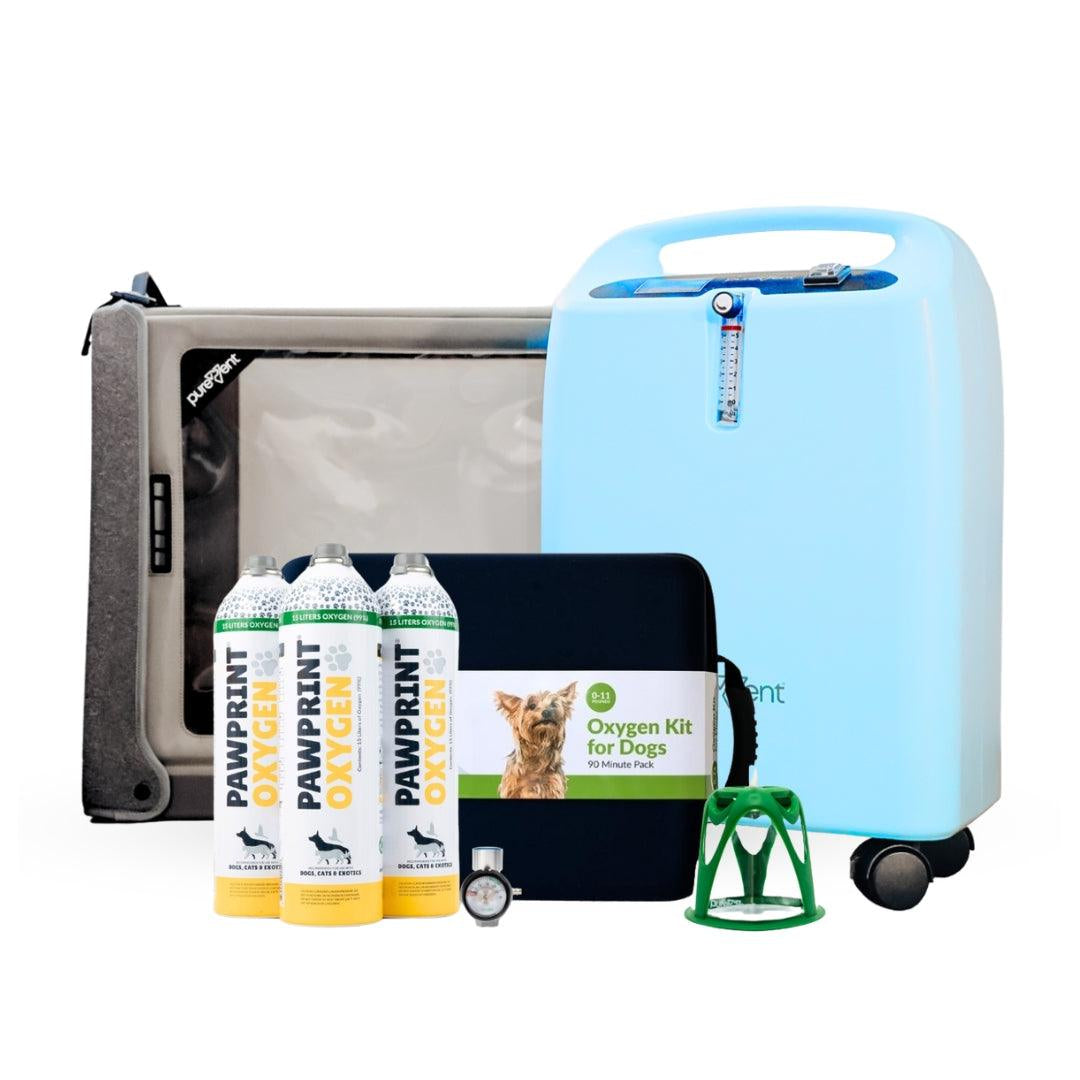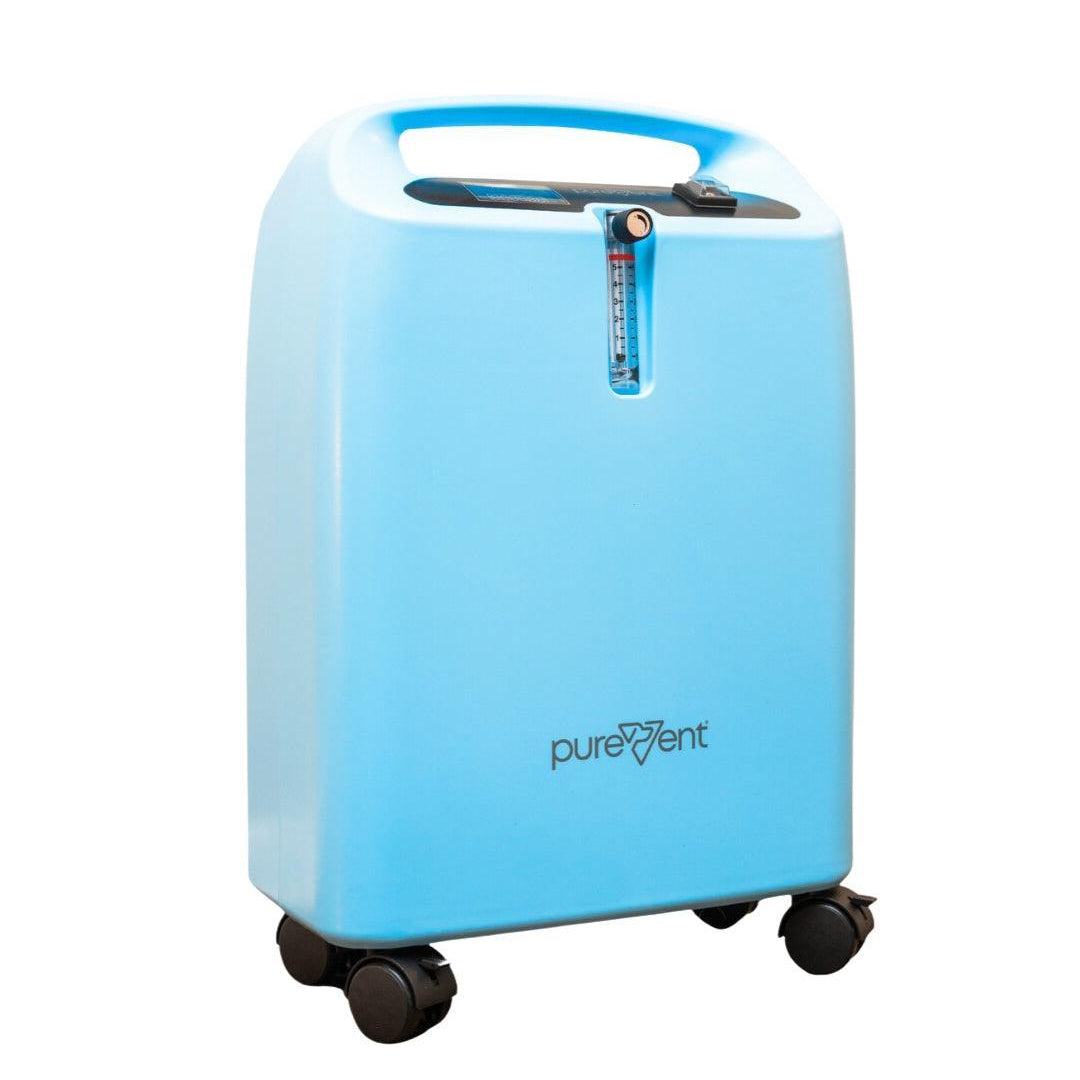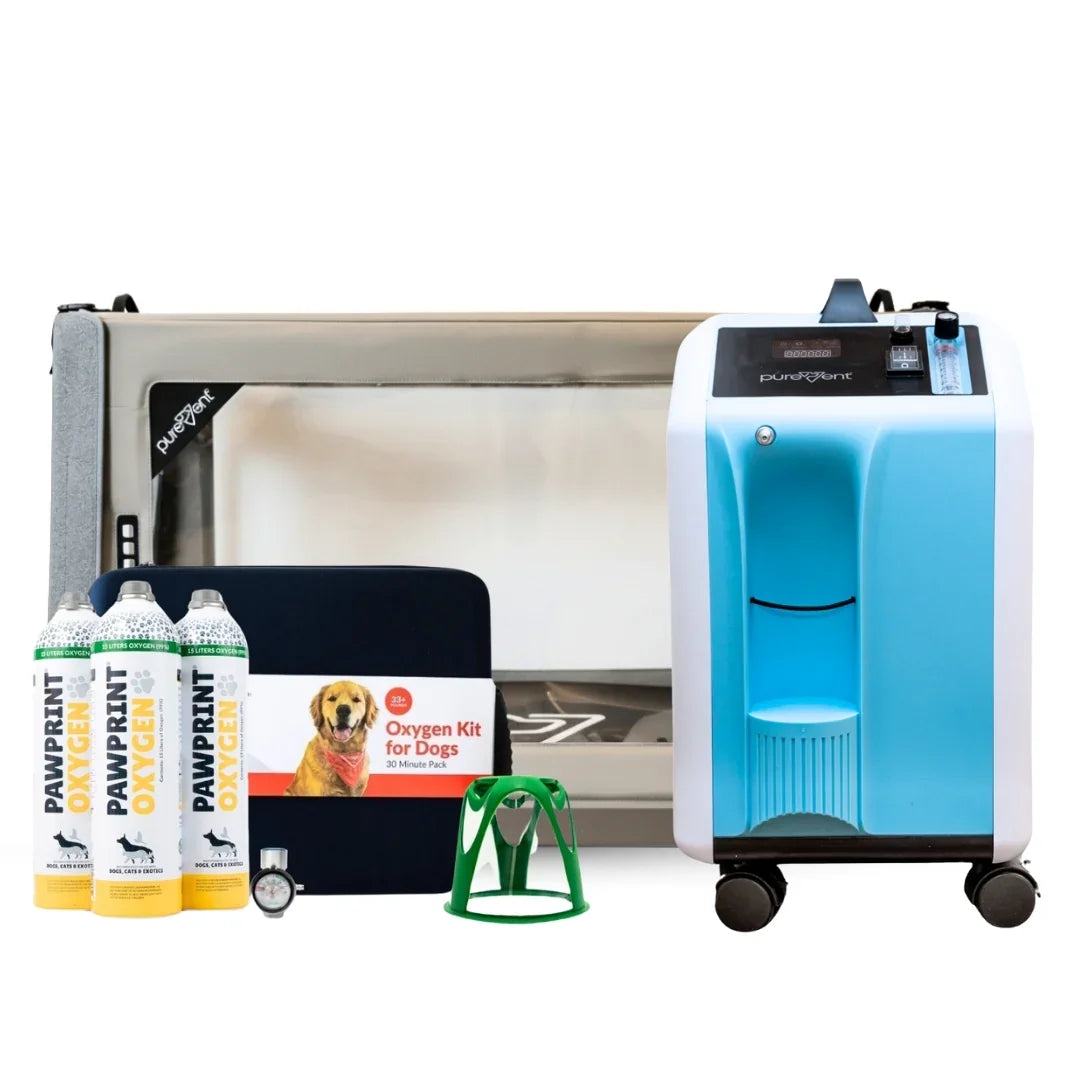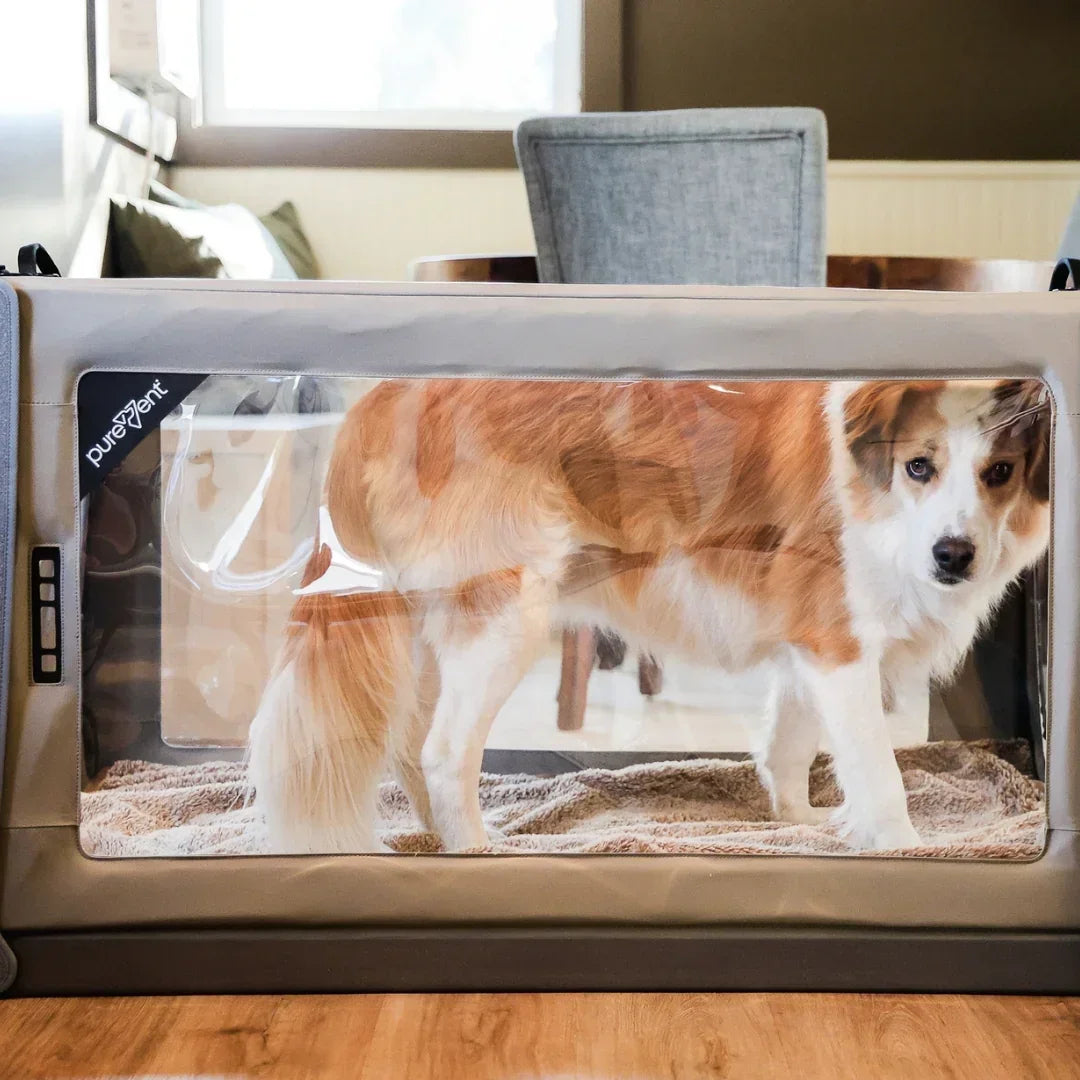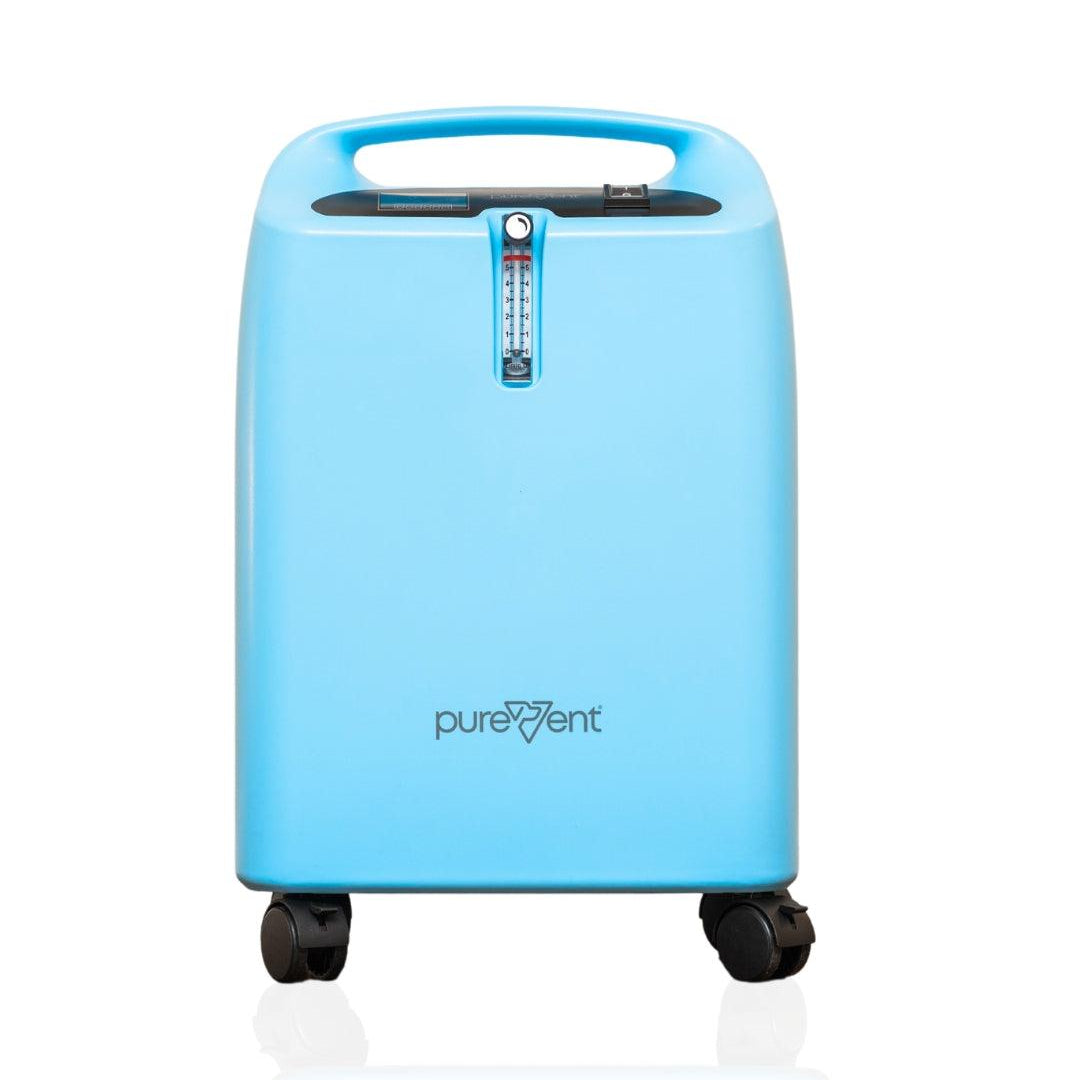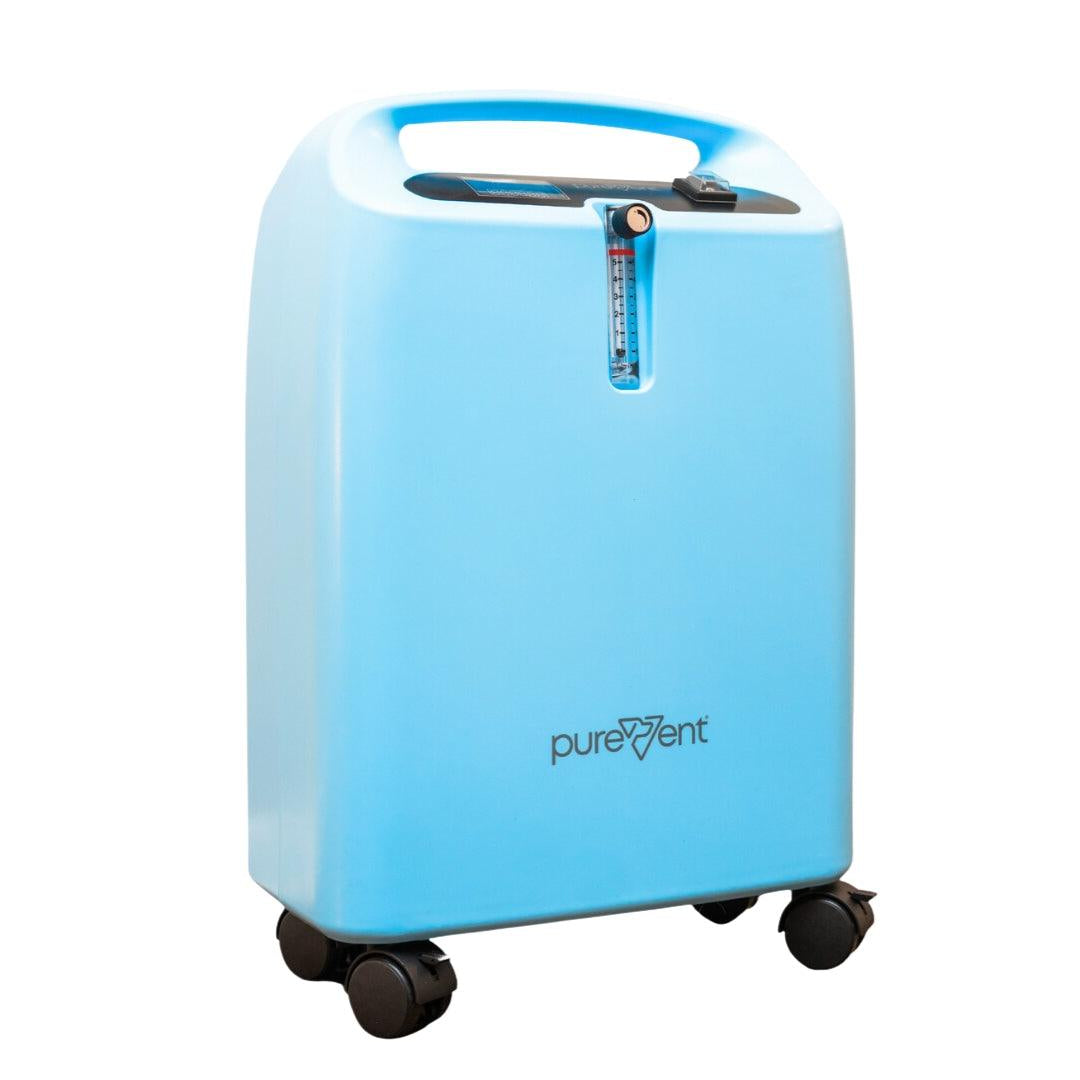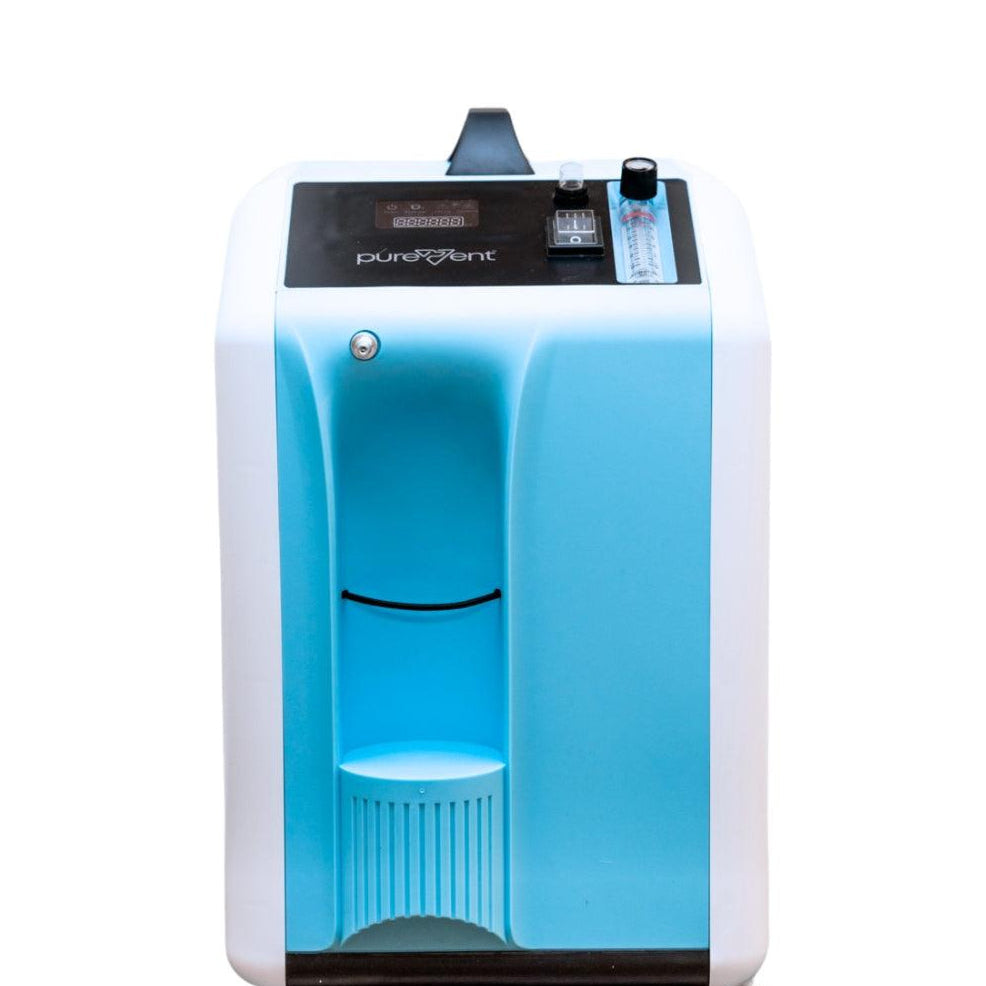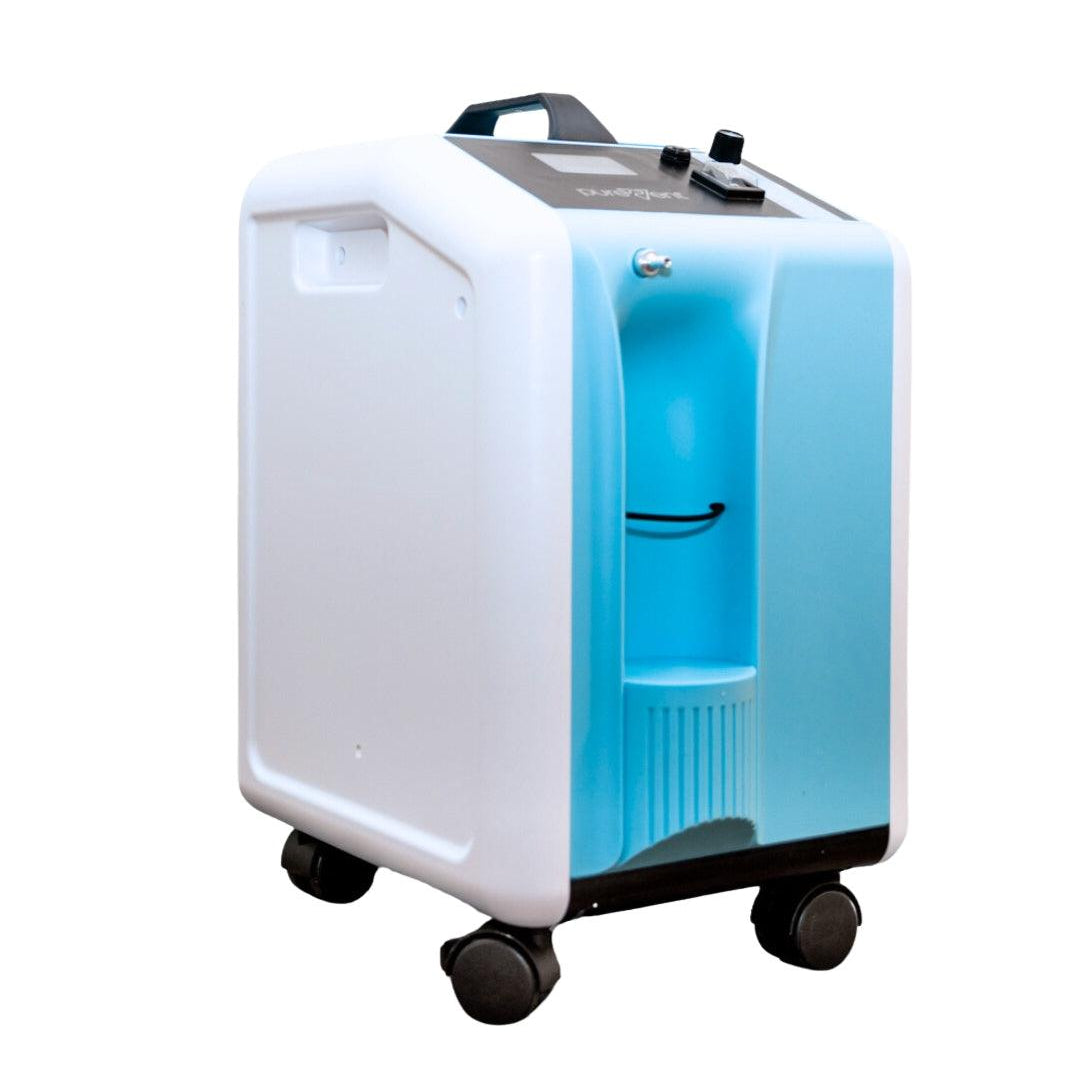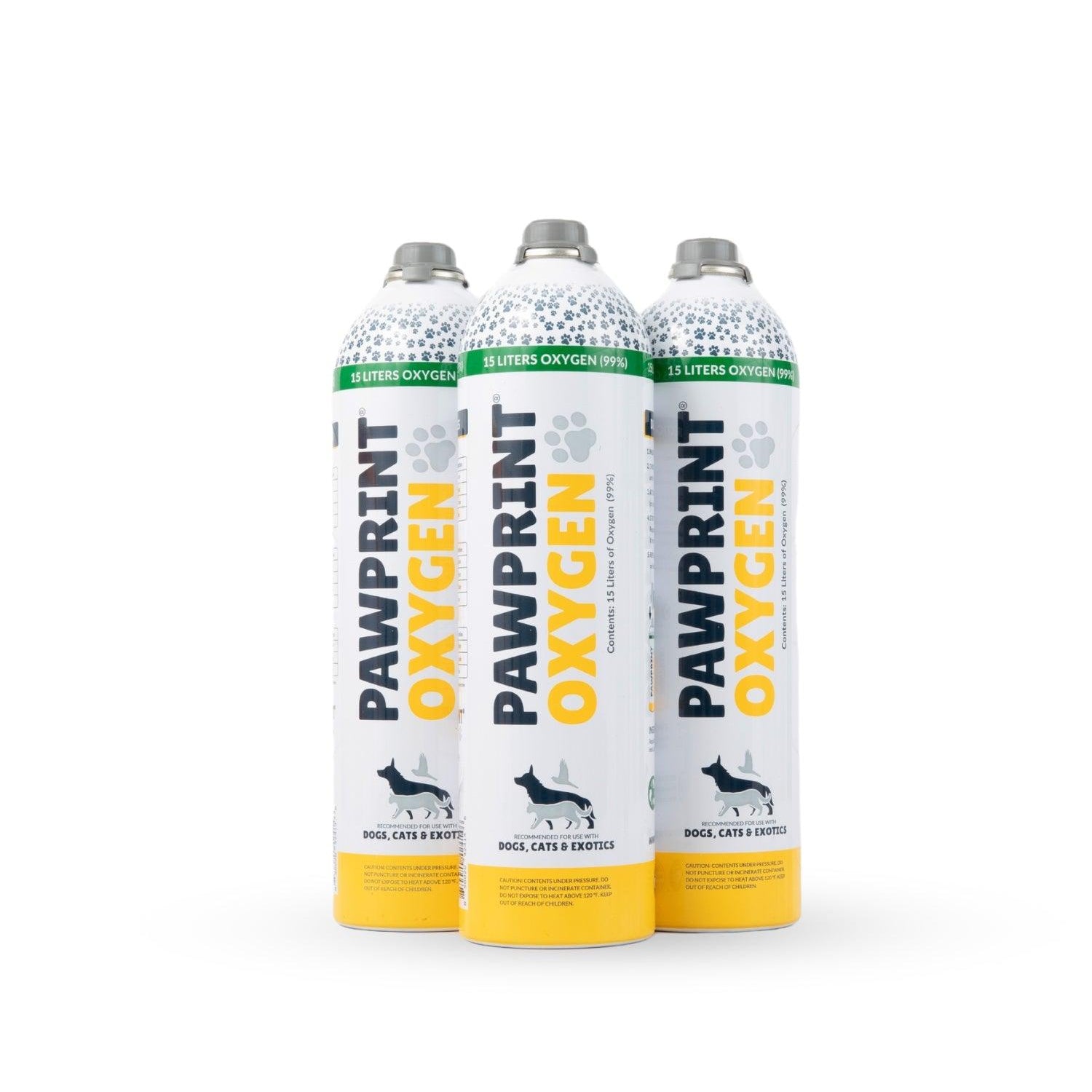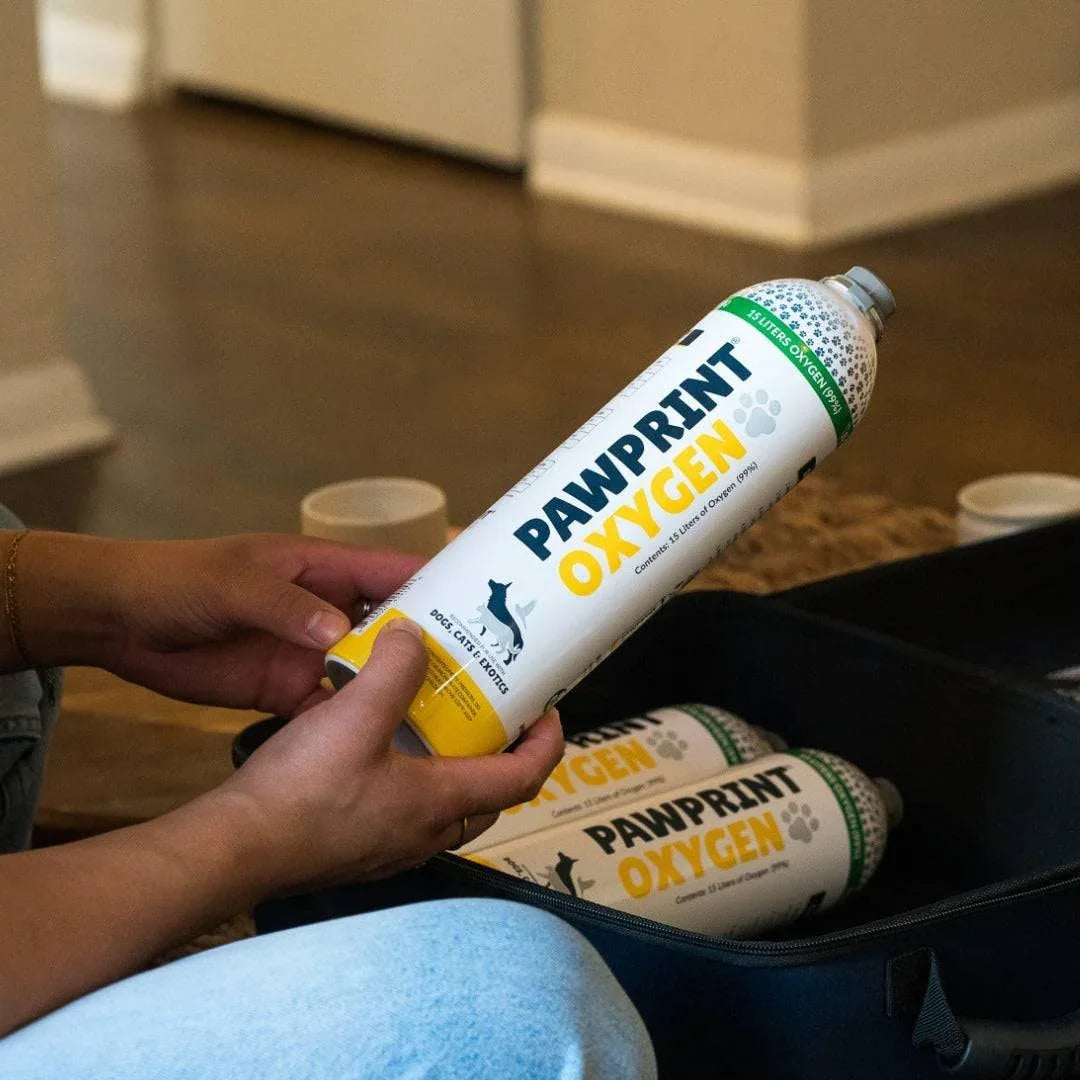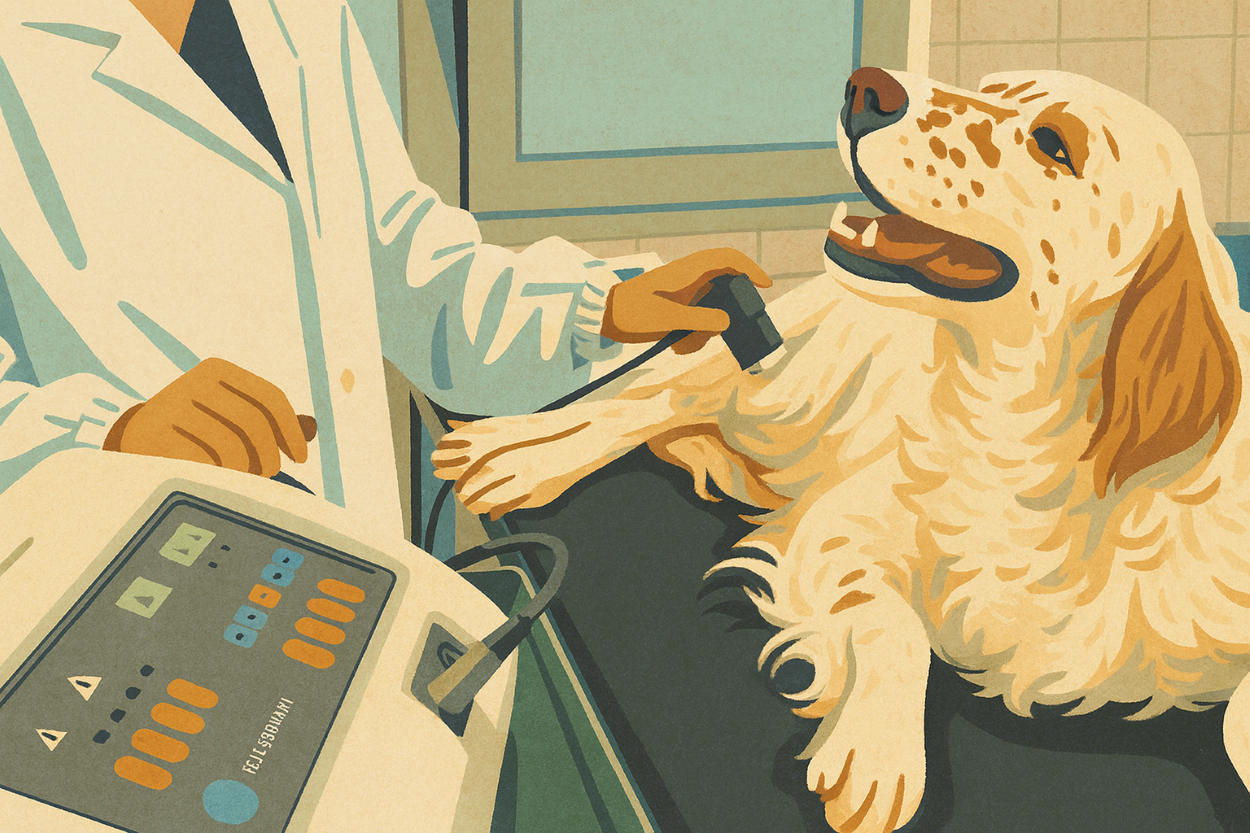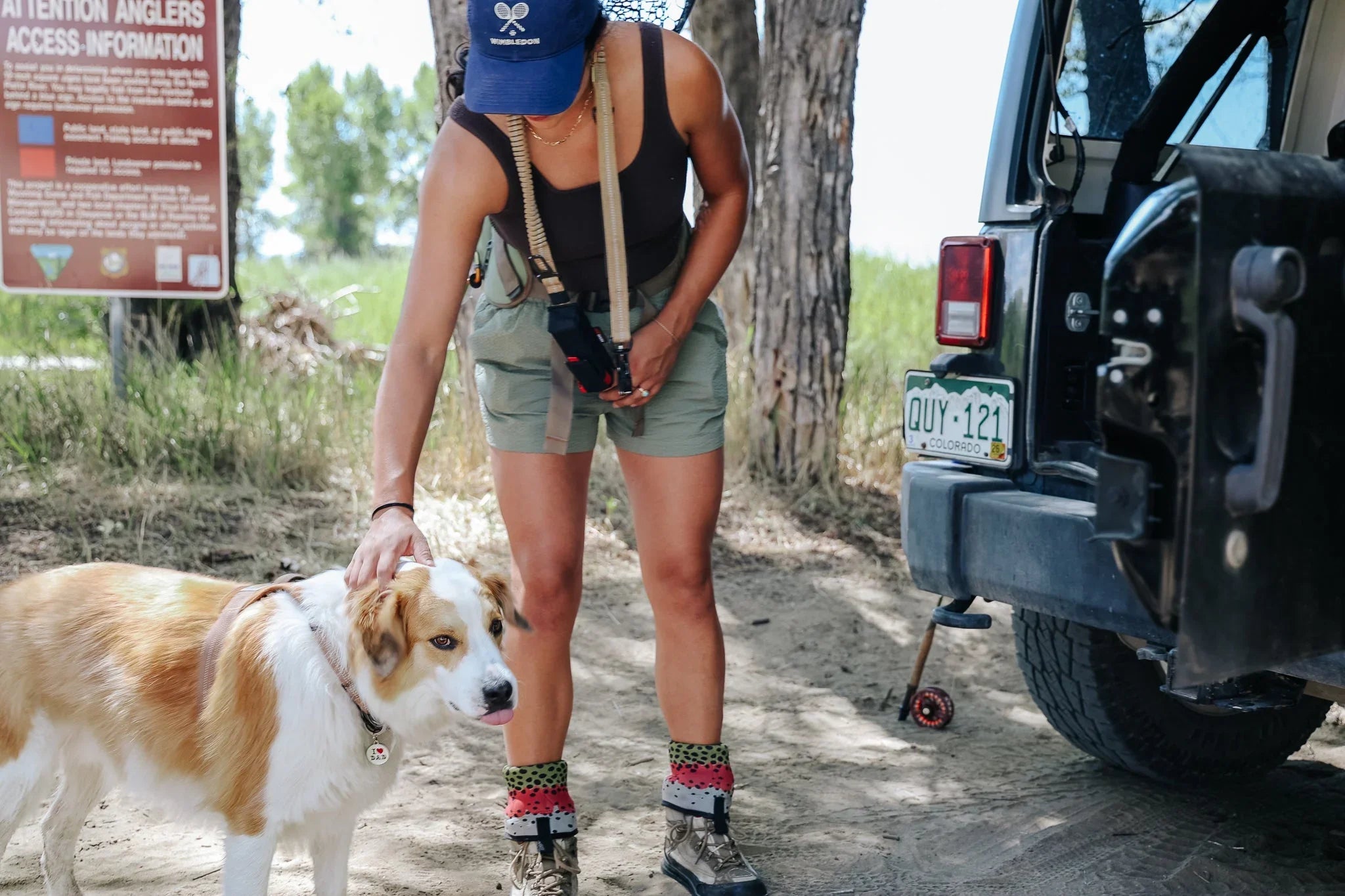Exotic pets, ranging from amphibians and reptiles to birds and small mammals, can face various health challenges that may require oxygen therapy. Understanding when and why oxygen therapy is necessary for exotics, as well as the best sources for home oxygen, is essential for ensuring the well-being of these unique animals. In this blog, we'll explore the benefits and applications of oxygen therapy for exotic pets, highlighting Pawprint Oxygen as the best source for an exotic's home oxygen needs.
When and Why Use Oxygen Therapy for Exotic Pets?
Oxygen therapy is essential for exotic pets, such as amphibians, birds, reptiles, and small mammals, in various medical situations where their respiratory or cardiac health is compromised.
For instance, birds suffering from respiratory diseases like Aspergillosis or pneumonia can benefit from oxygen therapy to alleviate breathing difficulties and improve oxygenation. Reptiles with respiratory infections or those recovering from surgery may require supplemental oxygen to stabilize and enhance their recovery process. Other exotic's like small mammals experiencing heart disease, such as congestive heart failure, often need oxygen therapy to maintain adequate oxygen levels and support their cardiovascular function. Additionally, amphibians exposed to environmental toxins or pollutants that cause respiratory distress can receive immediate relief and improved healing through oxygen therapy. In all these cases for various exotic pets, oxygen therapy ensures critical support for the exotic pet's respiratory efficiency and overall health, providing a better quality of life and aiding in recovery from various health challenges.
Table of Contents

Can I refill my canister after use?
Oxygen canisters cannot be refilled. Please recycle your empty canisters. You can reorder canisters at any time!
What is the shelf life on the oxygen canisters?
We have a two-year shelf life on our oxygen canisters. This shelf life is for the seal on the oxygen canister itself, not the oxygen.
Store canisters in a cool, dry place and if the seal is not tampered with, the oxygen will stay in the canister.
How long does each oxygen canister last?
Pawprint Oxygen Canisters can last up to 30 minutes. How long the canisters last is dependent on the flow rate that you’re using.
The flow rate is the “dosage” of the oxygen drug and determines the rate at which the oxygen gas leaves the canister.
Your Portable Oxygen Kit will include a regulator that is pre-set to the flow rate dictated by the weight range best for your pet. If you did not purchase a kit, and need a regulator, they can be purchased separately.
These are the durations that the canister will last for each of the flow rates:
0.5 Liters per minute: 30 minutes
1.0 Liters per minute: 15 minutes
2.0 Liters per minute: 7.5 minutes
3.0 Liters per minute: 5 minutes
Common Exotic Pets Utilizing Oxygen Therapy For Various Conditions
Oxygen therapy is an essential treatment for various health issues in exotic pets, providing critical support for their respiratory and overall health. Here's an overview of when and why you might need to use oxygen therapy for different types of exotic pets:
Birds
Oxygen therapy for birds is crucial in various medical situations where their respiratory health is compromised. Birds suffering from respiratory diseases such as Aspergillosis or pneumonia can benefit significantly from supplemental oxygen, as it alleviates breathing difficulties and ensures adequate oxygenation of tissues. In cases of cardiac issues, such as congestive heart failure, oxygen therapy helps reduce the strain on the heart by improving the oxygen levels in the blood. Additionally, birds experiencing shock or trauma, such as after a severe injury or during an acute illness, can be stabilized with oxygen therapy, which supports their overall recovery by maintaining critical oxygen levels. By providing immediate and effective respiratory support, oxygen therapy plays a vital role in enhancing the health and recovery of birds facing these medical challenges.
When you would utilize oxygen therapy on Birds:
- Respiratory Diseases : Conditions like Aspergillosis, pneumonia, and air sac mites.
- Cardiac Issues : Birds with heart problems that result in poor oxygenation.
-
Shock or Trauma : During emergencies to stabilize the bird.
Why utilize oxygen therapy on Birds:
- Maintain Oxygen Levels : Ensures birds receive sufficient oxygen, critical due to their high metabolic rate.
- Reduce Stress : Helps to reduce respiratory stress and improve overall comfort.
- Enhance Recovery : Supports recovery from illness or injury by improving oxygenation.

Amphibians
Oxygen therapy for amphibians is vital in various medical scenarios where their respiratory function is impaired. Amphibians suffering from respiratory infections, such as bacterial or fungal lung infections, can benefit from supplemental oxygen, which aids in alleviating breathing difficulties and promoting better oxygen exchange. In instances of toxin exposure, where pollutants or harmful chemicals in their environment cause respiratory distress, oxygen therapy provides immediate relief by enhancing oxygen availability to compromised tissues.
Additionally, amphibians that have experienced trauma, such as physical injuries affecting their respiratory system, can stabilize and recover more effectively with oxygen therapy, as it ensures they receive sufficient oxygen during the critical healing process. These medical interventions demonstrate how oxygen therapy is crucial for supporting the respiratory health and overall recovery of amphibians in distress.
When you would utilize oxygen therapy on Amphibians:
- Respiratory Infections: When amphibians suffer from bacterial, fungal, or viral infections affecting their lungs or skin.
- Toxin Exposure: In cases of exposure to pollutants or toxins that cause respiratory distress.
-
Trauma: After injuries that impact the respiratory system.
Why utilize oxygen therapy on Amphibians:
- Immediate Relief: Oxygen therapy helps to immediately alleviate breathing difficulties.
- Support Healing: It supports the healing process by ensuring that tissues receive adequate oxygen.
- Prevent Complications: Helps to stabilize the amphibian and prevent further health complications.
Reptiles
Oxygen therapy is essential for reptiles in various medical situations where their respiratory efficiency is compromised. For instance, reptiles suffering from respiratory infections, such as bacterial or viral pneumonias, can benefit from supplemental oxygen, which helps alleviate breathing difficulties and ensures adequate oxygenation of their tissues.
In the case of heat stress, where high environmental temperatures lead to respiratory distress, oxygen therapy provides critical support by improving respiratory function and reducing stress on the reptile’s body. Additionally, reptiles recovering from surgery or trauma, such as lung injuries or surgical procedures affecting the respiratory system, can experience enhanced stabilization and a smoother recovery process with the aid of oxygen therapy. By ensuring that reptiles receive sufficient oxygen during these critical times, oxygen therapy plays a vital role in supporting their respiratory health and overall recovery.
When you would utilize oxygen therapy on Reptiles:
- Respiratory Infections: Common respiratory conditions that impair breathing.
- Post-Surgical Recovery: To support healing after surgical procedures.
-
Heat Stress: When high temperatures cause respiratory distress.
Why utilize oxygen therapy on Reptiles:
- Stabilization: Provides immediate support to stabilize reptiles with compromised breathing.
- Improve Respiratory Efficiency: Enhances the ability of the lungs to oxygenate the blood.
- Aid Recovery: Supports overall recovery from various health issues.

Exotic Small Mammals
Oxygen therapy is crucial for exotic small mammals in various medical scenarios where their respiratory or cardiovascular systems are compromised. For example, exotic small mammals such as rabbits or guinea pigs suffering from respiratory infections, like pneumonia or bronchitis, benefit significantly from supplemental oxygen as it alleviates breathing difficulties and enhances oxygen delivery to their tissues.
In cases of heart disease, such as congestive heart failure, oxygen therapy supports their cardiovascular function by ensuring adequate oxygen levels in the blood, thereby reducing the workload on the heart. Additionally, exotic small mammals recovering from anesthesia after surgery often require oxygen therapy to prevent hypoxia and facilitate a smoother recovery. These instances illustrate how oxygen therapy is essential for stabilizing exotic small mammals, improving their respiratory efficiency, and supporting their overall recovery during critical health challenges.
When you would utilize oxygen therapy on Exotic Small Mammals:
- Respiratory Infections: Infections that affect the lungs, such as pneumonia.
- Heart Disease: Conditions like congestive heart failure.
-
Anesthesia Recovery: After surgery to prevent hypoxia and aid recovery.
Why utilize oxygen therapy on Exotic Small Mammals:
- Ensure Adequate Oxygenation: Critical for small mammals with compromised respiratory systems.
- Prevent Hypoxia: Helps prevent low blood oxygen levels during recovery.
- Support Overall Health: Enhances the pet’s quality of life and supports recovery from illness.
Summary on Exotic Pets
Oxygen therapy is a versatile and vital treatment for various health conditions in exotic pets. Whether dealing with an exotic's respiratory infections, cardiac issues, or recovery from surgery, oxygen therapy can provide essential support for your exotic pet. Understanding when and why to use oxygen therapy in exotic pet's ensures that your amphibians, birds, reptiles, and small mammals receive the best care possible. Always consult with a veterinarian, clinic specialized exotic pet's, or an exotic veterinarian to determine the best treatment plan for your exotic pet's specific needs.

